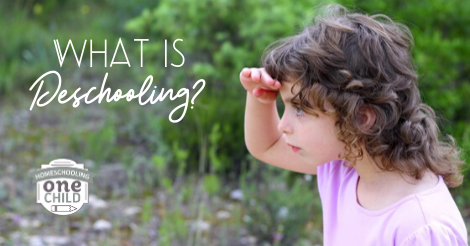 You've made the decision to pull your child from public or private school and homeschool. Great! Now what? Kids and parents who have been part of public schools are used to certain activities and behaviors: school is from 8 or so in the morning to 2, 2:30, or 3 in the afternoon, give or take. There are very few textbooks if at all, and most of the homework is via worksheets, the Internet, or projects. Learning is always judged on what a child has done with said homework, tests, end-of-grade texts, standardized testing, and report cards. Field trips, while a fun part of a school year, are few and far between and may or may not have anything to do with the curriculum. Reading is a chore. Don't get me started on the fundraising. So you've made the decision, for what ever reason, to go from the above to homeschooling. Perhaps you know some homeschoolers. Perhaps you were once homeschooled yourself. Perhaps you have a pre-conceived idea that you don't have enough children to homeschool as most homeschoolers you know have at least nine kids, a huge 15-passenger van, three goats, and make their own hummus. There are many homeschoolers who, for whatever reason, only teach one child, have a normal sized-vehicle, own no goats. I don't even like hummus. Regardless of how or why you came to homeschool, if you pull your children from public or private school to homeschool, you will need to "deschool." Deschooling is a process in which you and your children unlearn behaviors, attitudes, and notions about what school is like, "should" look like, and what it will look like in your own, personalized, special homeschool. It's like an educational detox. So how do you do this? The first thing to do is to formally register your homeschool with your state, according to your state's requirements, and officially withdraw your children from their schools. You will need the official paperwork from the state with your homeschool's name to withdraw, but it's easy to obtain after your register your homeschool. Always register your homeschool prior to withdrawing your students. After that, deschooling can begin. Have a conversation with your kids about what they want their homeschool to be like. If they have input, than the homeschool will be more likely to succeed. Look at homeschool catalogs, attend homeschool conferences and conventions, and explore curricula together. Do some Internet research on area homeschool groups and meetings, and just explore. Many museums and historical sites, plus science centers, have homeschool days or programs. In the days, weeks, and months of deschooling, don't focus on academic work so much as learning in different ways. That's the beauty of deschooling before you start a formal or eclectic curriculum: learning can happen without worksheets (gasp!). Learning can happen while watching a "How it's Made" television show or documentary, and it can happen with just conversations. You're focusing during the period of deschooling on figuring out what your child's learning style is, so you can teach so that he will learn the best way. Eventually, especially for high school, you will want to keep grades for the transcript. But don't focus so much energy on the numbers of grades; instead, focus on what the child is learning. If she is really into horses, allow her to learn about the science of horses, the art of horses, and horsemanship. She can study about horses in history -- horses' involvement in World War I would be a great research paper for high school. Some homeschooling families choose to continue deschooling as a curriculum. With my daughter, we have an eclectic homeschool: we don't have a boxed curriculum; instead, it's a mix-and-match of various resources. We do a good bit of deschooling as we talk a lot, watch documentaries and educational TV, and go on a lot of field trips. Field trips are incredible learning experiences. We have gone to museums, science centers, historical battlefields, and learned so much about many topics. It makes what you're learning in books real. Recently Laura was learning about colonial North Carolina and how the early colonists used the Great Dismal Swamp to transport goods. We visited my oldest daughter and her husband in Norfolk, Virginia, and passed by the Great Dismal Swamp, even going to the visitor center and learning about it. Going home and studying the swamp's impact on colonial North Carolina and Virginia after that hammered the information in. It's a good idea to gauge if kids are getting anything out of field trips -- download this Field Trip Report and print it out for each child, as an on-the-way home activity to do in the car. Deschooling will get your and your kids in a different rhythm for homeschool. And, listen -- homeschool does not have to happen between 8 a.m. - 2:30 p.m. It can happen any time, as long as it happens. It's not constricted to Monday-Friday, either. You can take time off for vacations, time off if you need a mental health day, or homeschool on the weekend. It's all up to you and your family. Enjoy this time. Peace, Terrie (C) 2020 Terrie Bentley McKee ALL RIGHTS RESERVED
0 Comments
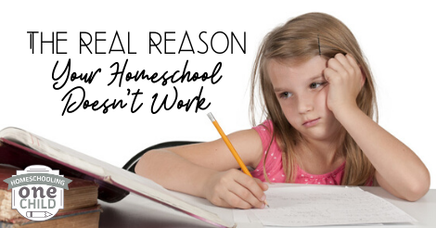 You've pulled your child out of public school, you've purchased a curriculum for hundreds of dollars, and you've hung a dry erase board on your dining room wall. You've filed all the necessary paperwork and even picked out a name. You're excited to do this school-at-home thing! The first day went by great, and why shouldn't it? Your child was ecstatic to do school in his pajamas! She was so happy to not have to get up at 6:30 a.m. for the school bus. The second day went okay. By the time the fifth day rolled around, your child was fussing about something, you lost all the dry erase markers, and the cat puked up something indescribable on the new curriculum. You couldn't figure it out. You had carefully planned out eight hours of instructional time. Sure, they ended the school day at five p.m., but they started at 10 a.m.! And would it be too much to ask if they'd sit at the dining table to do their school work? Is it asking too much for pants to be worn? Whoa, there, Mama. The real reason your homeschool isn't working is this: comparison. You're comparing your homeschool to public school, or your homeschool of one week to the homeschool veteran of 23 years down the street. You know the one: you had talked with her on your daily break to get the mail. She had asked how it was going and you started sobbing about dry erase markers, cold coffee sitting in the microwave, the dining table looked like it had been ransacked by the entire dwarvan cast of "The Lord of the Rings: The Hobbit," and the week's worth of groceries was gone in 2-1/2 days. Your homeschool is just that: your homeschool. It's not "school at home." Homeschool is supposed to encompass so much more than building volcanoes, diagramming sentences, or learning one-school philosophy, Socratic-method style. You stopped reading at "diagramming sentences," didn't you? No, you don't have to teach diagramming sentences...unless you want to. What works in my homeschool will not work in a homeschool thirty miles from me, or three blocks from me. What works in my homeschool is tailored for my almost-ten year old daughter. We don't teach from a full-box curriculum. It's patchworked-together based on her level and how much she wants (read: needs) to be challenged. When you pull kids from public school and start homeschooling, you almost need to go through a period of de-schooling. This strategy is for both children and parents: unlearning what it means to "do school." Unlearning what that looks like. For example, instead of doing school sitting at the table, why can't you go to the couch to read about the Spanish-American War? Why can't you write your spelling words laying on the floor in front of the fire? Why must we be physically uncomfortable while learning? Say you read a novel laying in bed. You enjoy it, don't you? You're warm, comfortable, and you're engaged in the book. Don't you want your kids associating warm, comfortable, engaging thoughts with learning? I know I do. Learning is not relegated to straight-back chairs and dry-erase boards (although I do have -- and use -- a dry erase board, and an old-school chalkboard). Using tools like boards and computers and YouTube on a screen is not a bad idea, and certainly doing schoolwork at a table has benefits too. We almost always do math at the table as we go over problems on the chalkboard. I'm just saying -- comparing your day or how you do homeschool to how it's done in public or private schools, or even other homeschools, robs your family of the joy of the homeschool experience. How do you de-school? You have a conversation with each other about everyone's expectations are. What do you want your homeschool to look like? Do you want to homeschool in the morning or afternoon? Or throughout the day? Do you work outside the home, maybe switching shifts with your spouse? So maybe the kids split their academic time up. Do you homeschool and work in the home, as I do? So you trade off homeschool and work time in a delicate balancing act. There's no one right -- or wrong -- way to homeschool. You have to do what works for your family and not what the expectation of "school" means. Listen: homeschool is as much a place of learning as public or private school. It's just a different style and place of learning. And no one has the right to tell you any different. Ultimately, these are your children; you are responsible before God and the State to take care of them, and if you have chosen homeschool as their academic path, well, Grandma and Aunt Millie and Uncle Bob and Brother Don and Sister Lucy have no say at all in the matter. Period. Bam. It's totally up to you to decide what schedule fits best with your homeschool. In our house, homeschooling doesn't end at 2:30 p.m. In the morning, it's get up by nine, breakfast, meds, get at the dining table by 10 for prayer, Bible, spelling, and math. Then we have a 20-minute break. We grab the history and science books and go to the couch, and read a chapter. We talk about it. We may watch a YouTube video (I make a homeschool list of videos to watch the coming week) on the historical subject we're learning about, and we watch and talk about it together. We then read the chapter in science. A video may or may not be watched for science, too. Then, she goes back to the table to answer questions for history and science. Usually it's time to run errands or go to doctors appointments or clean the kitchen. Laura has chores every day to do: feed and water the cats, unload the dishwasher, pick up the living room, etc. She usually helps with meal prep for dinner. We're trying to get out of the habit of collapsing in a heap on the sofa after dinner to watch television, and instead reading, playing board games, or something as a family. Our homeschool rarely goes past 2 p.m. Our homeschool rarely goes over four hours (and that is totally okay). (You want to know a secret? With behavior corrections, meetings, assemblies, lunches, specials, working with kids, managing parental communications, and dealing with administration -- a public school day never has eight complete hours of pure instructional time. Never). The biggest reason your homeschool is not working is you're trying to replicate the public school experience you just pulled your child from. If that had worked, your child most likely would still be at that school. Listen: if your child was bullied, there are no bullies in your school. It's safe. If your child has special needs and the IEP or 504 plans weren't being followed, there are no IEP or 504 plans in your homeschool because homeschool by definition is all about individualized educational plans. Stop comparing and trying to replicate your school and make it into a school where your child will not just succeed, but excel. If he is interested in trains, by all means let him learn all about trains. That encompasses reading, math, engineering, science, history--everything. If your daughter loves all things horses, then let her learn about horses. Again, reading, math, science, history, even physical education if you can find horseback riding lessons. A word about reading: if you want to homeschool your pre-K or kindergarten-level child, please know that children are pushed into reading before they are ready, in public schools. It is very much okay if a five year old doesn't read well, doesn't write well, or shapes allude him. Buy some shape toys, colored toys, books, and simply get in the floor and play with her. Build things. Build a fort under the table and get under it with a flashlight and a stack of books, lay on your backs, and read to him. Playing and reading with and to your child will teach him more than worksheets ever will at that age. Be encouraged, parents! You can do this! Extend grace to yourself, clean off the dining table, and start fresh and new, tomorrow morning. You can do it! Blessings, Terrie (C) 2020 Terrie Bentley McKee ALL RIGHTS RESERVED |
AuthorTerrie Bentley McKee is an author and speaker who homeschools her youngest daughter. Married to her husband Greg, they have four children, all of whom have special needs of varying degrees. Terrie is a follower of Jesus Christ and tries to glorify God in all she does. To read more about her testimony, click here. Affiliate LinksHomeschooling One Child is a participant in the Amazon Services LLC Associates Program, an affiliate advertising program designed to provide a means for sites to earn advertising fees by advertising and linking to amazon.com. Check out our YouTube channel!Check out our podcast!Please pin!Archives
January 2024
Categories
All
|
- Home
- Blog
- Podcast
-
Resources
- Teach What is Good Devotional
-
Convention Resources
>
- Homeschooling a Teen with Autism
- Tips on Creating a Disability-Inclusive Church
- How to Teach Your Exceptional Child about Faith
- Homeschooling Preschoolers with Autism
- How to Pick Developmentally Appropriate Curriculum for your Autistic Child
- Overwhelmed
- Homeschooling One Child
- Life Skills Chickens
- Strategies on Homeschooling Kids with Special Needs
- About Us >
- Vlog
- Homeschooling News
- Printables
- Special Needs
- Curriculum
- Encouragement
- Home Management >
- History
- Science
- 25 Days of Advent
- Courses
- Store
(C) 2023 Terrie Bentley McKee ALL RIGHTS RESERVED
- Home
- Blog
- Podcast
-
Resources
- Teach What is Good Devotional
-
Convention Resources
>
- Homeschooling a Teen with Autism
- Tips on Creating a Disability-Inclusive Church
- How to Teach Your Exceptional Child about Faith
- Homeschooling Preschoolers with Autism
- How to Pick Developmentally Appropriate Curriculum for your Autistic Child
- Overwhelmed
- Homeschooling One Child
- Life Skills Chickens
- Strategies on Homeschooling Kids with Special Needs
- About Us >
- Vlog
- Homeschooling News
- Printables
- Special Needs
- Curriculum
- Encouragement
- Home Management >
- History
- Science
- 25 Days of Advent
- Courses
- Store
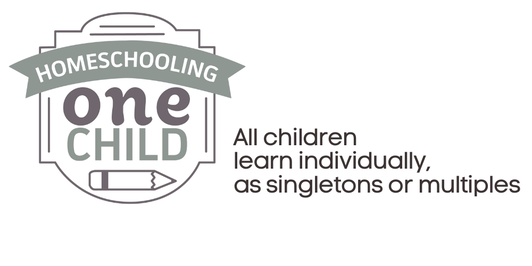
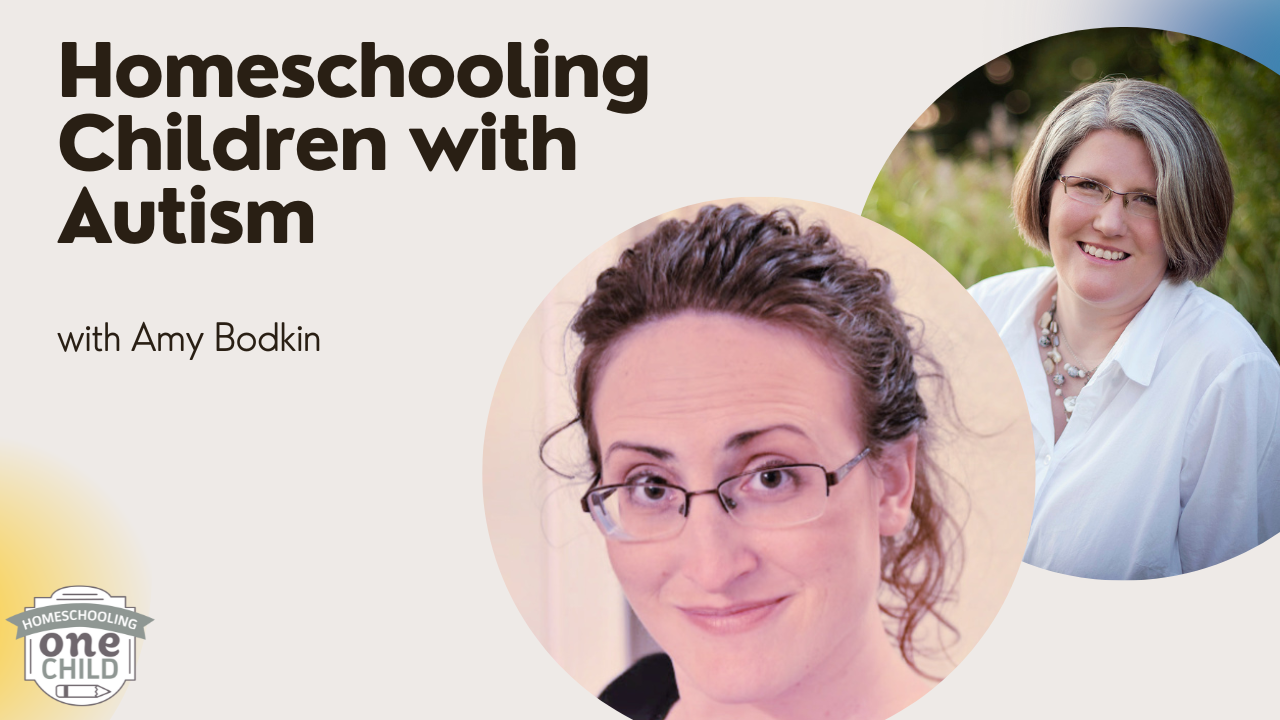
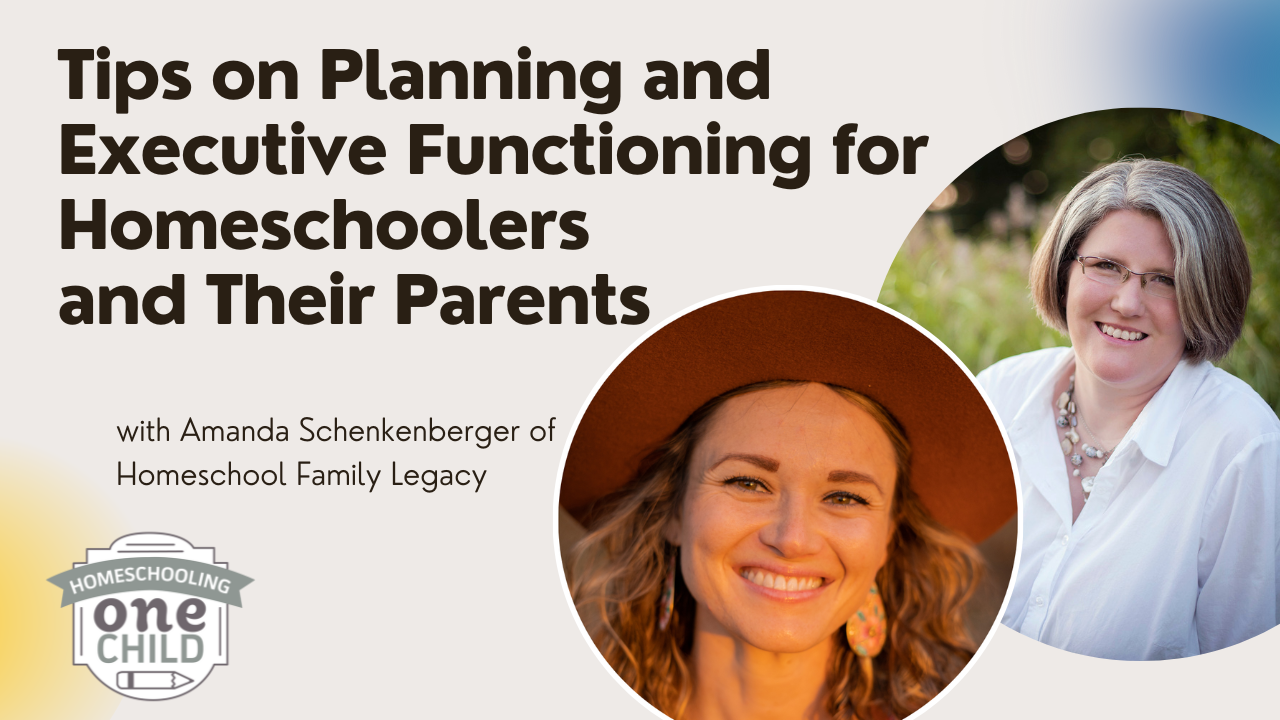
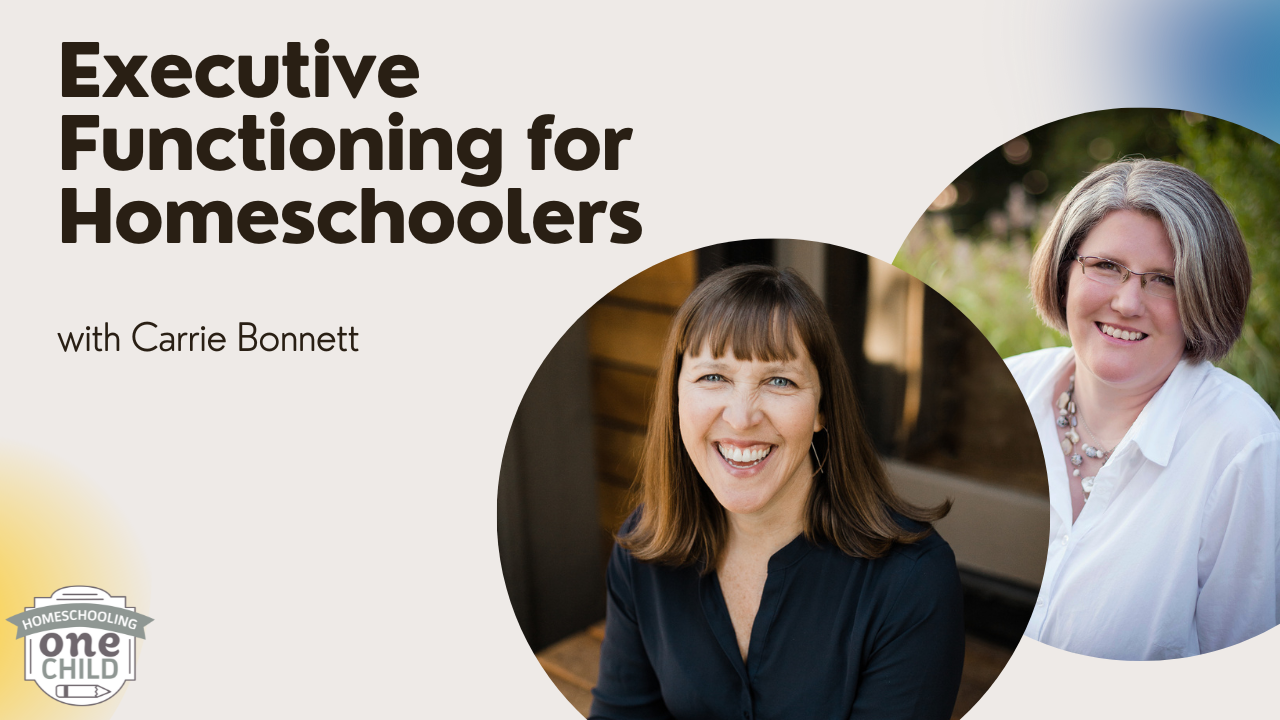
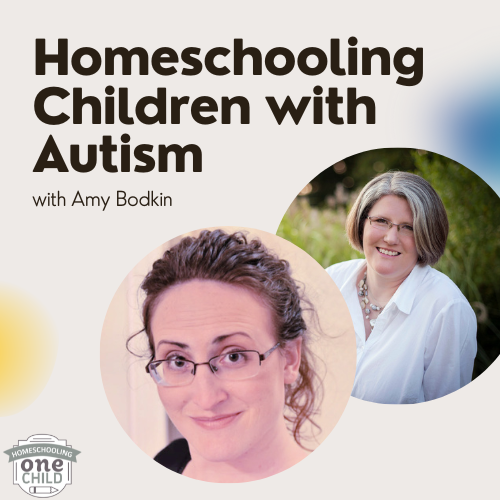
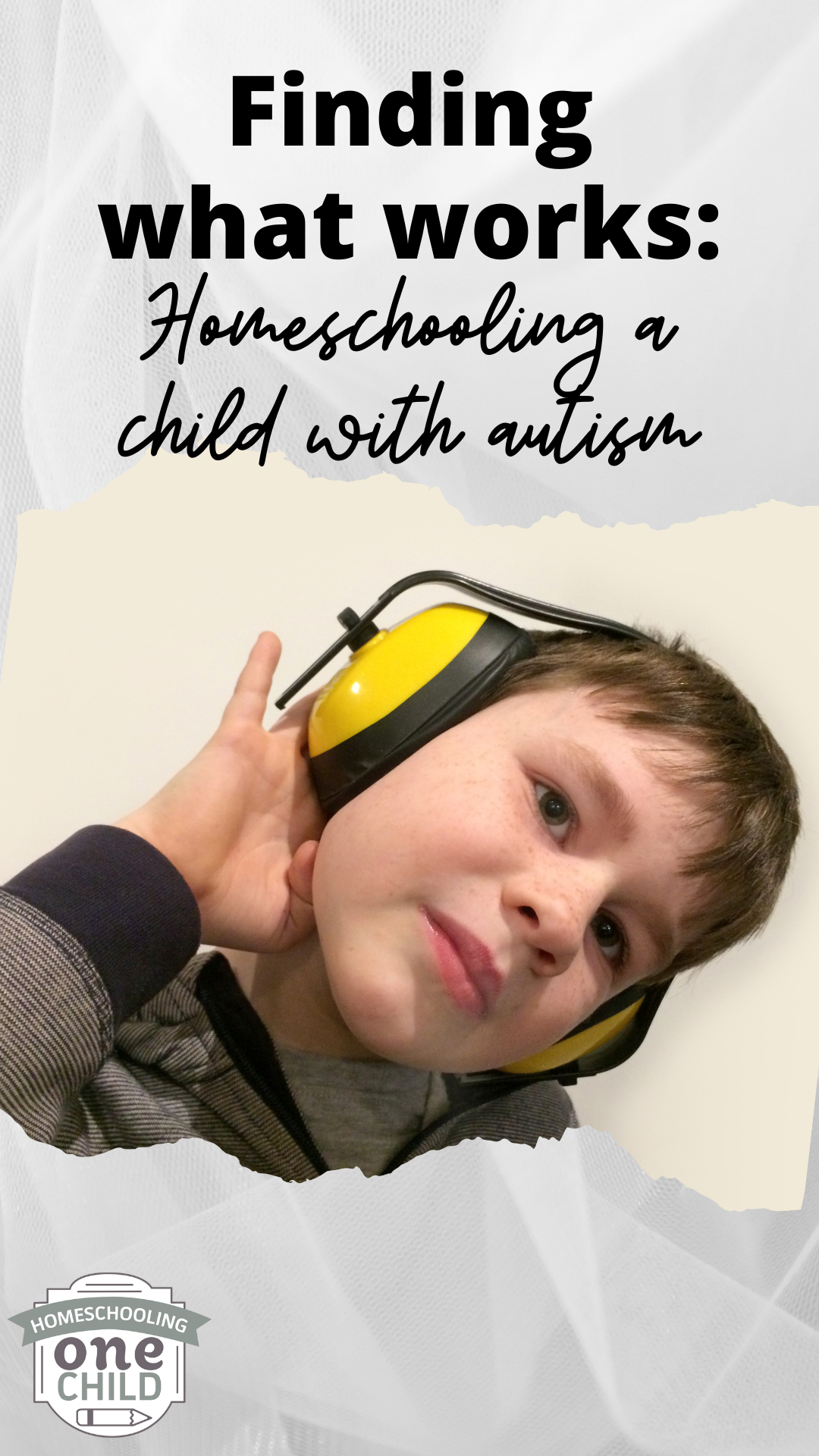
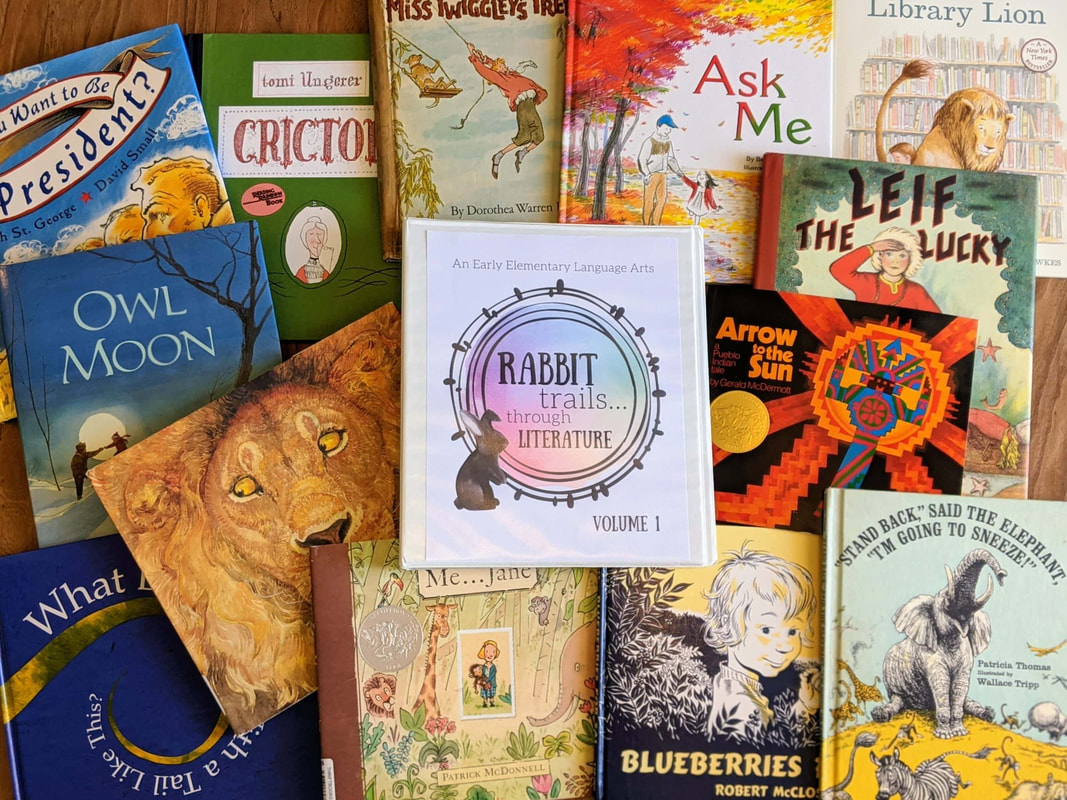
 RSS Feed
RSS Feed
